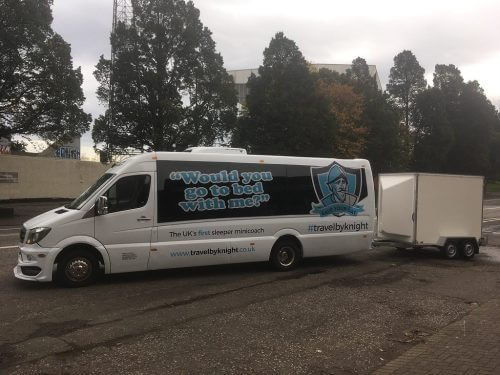
ALAN AIM
Alan Aim, Director at Travel by Knight, talks to Dominic Ward about his entry into the industry with his unique converted Mercedes-Benz Sprinter sleeper
“Would you go to bed with me?” A question often met with a negative answer and, almost certainly, would be one of the last things you expect to see adorned on the side of a Mercedes-Benz Sprinter travelling across the UK.
However, for Alan Aim, Director at Travel by Knight, “Would you go to bed with me?” is more than just a question.
As the side of his converted Sprinter points out, Alan has developed the UK’s first sleeper mini coach.[…]
By subscribing you will benefit from:
- Operator & Supplier Profiles
- Face-to-Face Interviews
- Lastest News
- Test Drives and Reviews
- Legal Updates
- Route Focus
- Industry Insider Opinions
- Passenger Perspective
- Vehicle Launches
- and much more!


